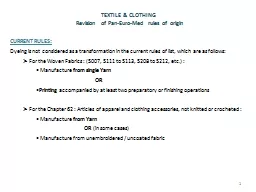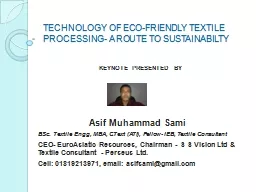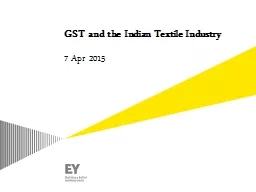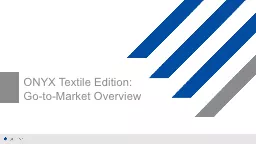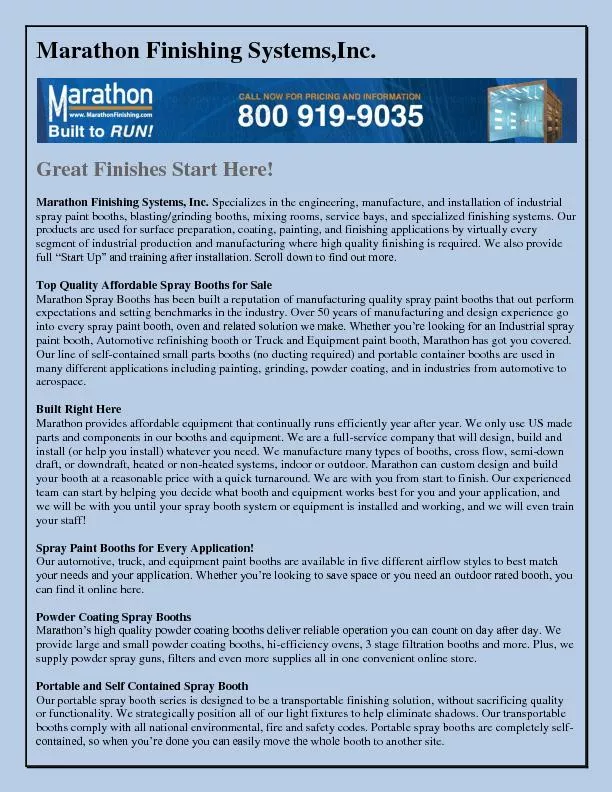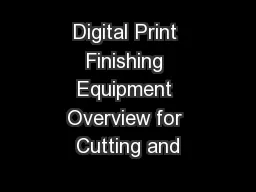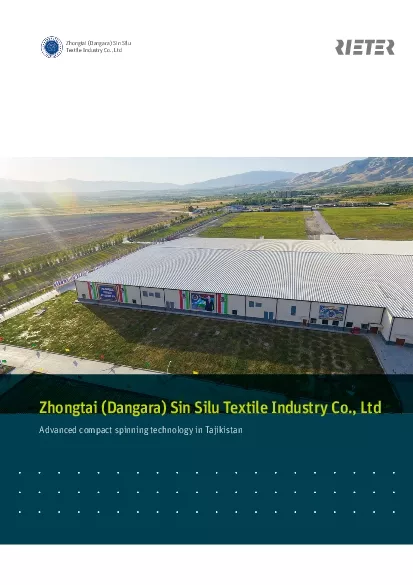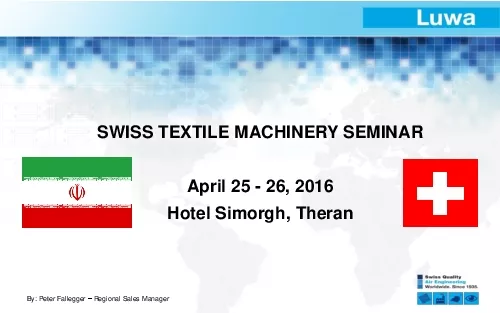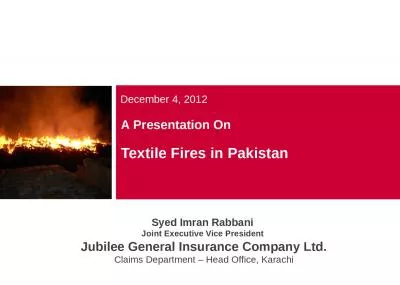PPT-Latest development in textile finishing
Author : faustina-dinatale | Published Date : 2017-04-22
Faheem Uddin Ph D C Text FTI Professor BUITEMS Balochistan University of Information Technology Engineering and Mamagement Science Quetta What to talk in this
Presentation Embed Code
Download Presentation
Download Presentation The PPT/PDF document "Latest development in textile finishing" is the property of its rightful owner. Permission is granted to download and print the materials on this website for personal, non-commercial use only, and to display it on your personal computer provided you do not modify the materials and that you retain all copyright notices contained in the materials. By downloading content from our website, you accept the terms of this agreement.
Latest development in textile finishing: Transcript
Download Rules Of Document
"Latest development in textile finishing"The content belongs to its owner. You may download and print it for personal use, without modification, and keep all copyright notices. By downloading, you agree to these terms.
Related Documents


